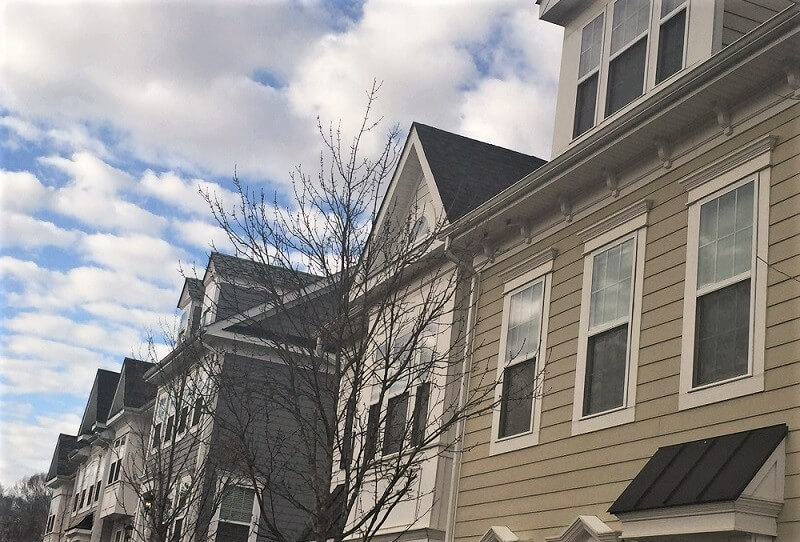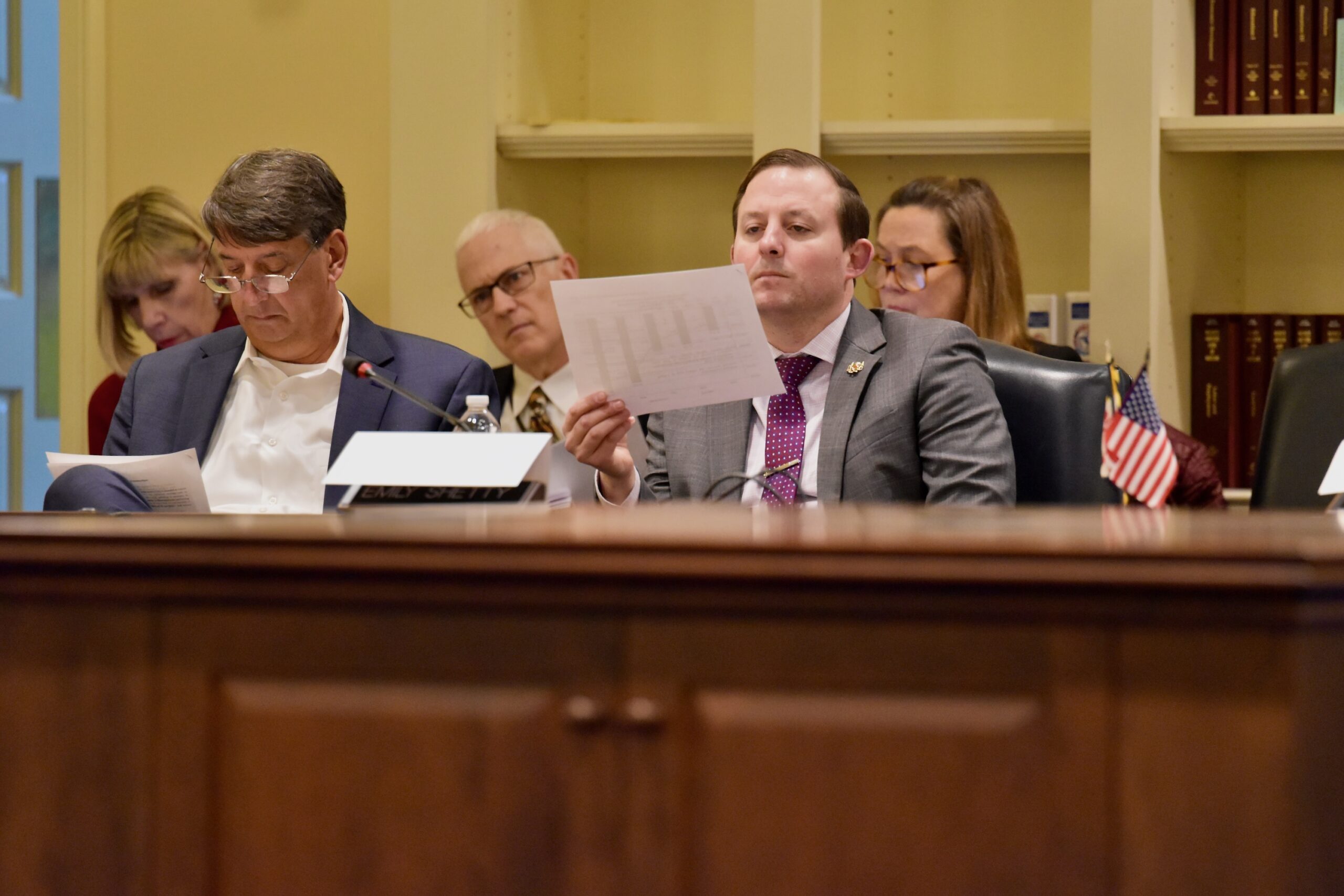Anirban Basu: Despite best intentions, Prince George’s County housing policy moving in wrong direction

By Anirban Basu
The writer, an economist, is chairman and CEO of Sage Policy Group Inc. in Baltimore. He also serves as the chief economist to Associated Builders and Contractors and as chief economic advisor for the Construction Financial Management Association.
By now, all are aware of the ravaging impacts of inflation. Many are also aware that housing costs have played a large role in rapidly driving up the cost of living.
Since the start of the pandemic, the U.S. Consumer Price Index has expanded nearly 16% in a nation that aspires to 2% inflation per annum. The median price of a home in Prince George’s County has also raced higher, from $316,500 in February 2020 to $415,000 more recently, an increase exceeding 31%.
The underlying economics are straightforward. Our households do not have enough access to high quality housing that is affordable, and many emerging households seek to achieve an American dream of homeownership but have been frustrated by a combination of incredibly low inventory and lofty prices. In March 2023, there were only 798 active listings countywide. Four years earlier, listings stood at more than 1,600.
With supply low and prices high, many families have remained involuntary renters. Recent data indicate that the homeownership rate in Prince George’s County has been in the range of 62%, meaningfully below the national average of 66% and the corresponding 65% rate in neighboring Montgomery County.
Naturally, County policymakers have sought to address this situation. Unfortunately, proffered responses are likely to worsen the performance of Prince George’s County’s housing market along several key dimensions while also negatively impacting the local economy.
In 2014, the county adopted its Plan 2035 to take advantage of its geographic and institutional advantages, including its adjacency to Washington, D.C. and the presence of high-powered institutions like the University of Maryland, NASA Goddard, Andrews Air Force Base, and the Beltsville Agricultural Research Center. The combination of location and institutional might render the county an appealing place for students and scientists, among others.
To prepare for its future, the county spent eight years and $15 million to overhaul zoning policies. The result was a plan that promotes housing and development, attracting economic activity from surrounding regions and outside the state. In an economic environment associated with a dearth of workers available to enterprises, the attraction of households also implicates growing appeal to business.
New legislation threatens to dismantle county progress. This policymaking is rooted in good intentions but will ultimately diminish quality of life. In February, the County Council passed the Rent Stabilization Act of 2023, preventing landlords from increasing rents by more than 3% over the next year. Many will view this as helping bolster affordability.
It will not. Like the rest of us, landlords face inflationary pressures, due in part to a lack of technical talent to help maintain air conditioning systems, plumbing, roofs, and grounds. Materials prices have also been expanding, including the prices of concrete and plumbing fixtures.
By not being able to fully adjust rents, landlords are likely to turn to another means by which to support cashflow — namely diminished maintenance. Over time, that translates into deteriorating housing stock, more household dangers, and community shabbiness. County policymakers would be wise to heed the warning of Swedish economist Assar Lindbeck, who quipped, “In many cases rent control appears to be the most efficient technique presently known to destroy a city — except for bombing.”
It doesn’t end there. The County Council is considering legislation prohibiting construction of townhomes or townhome-related developments outside of regional and local transit centers within the current general plan for a period of two years starting in July. In other words, townhome construction would be limited to areas around metro stations and other transit hubs.
If enacted, the legislation will prevent Prince George’s County from taking advantage of one of its natural advantages: its diverse geography. Though areas close to D.C.’s metro system are naturally dense, moving east provides more ample room for amenities like playgrounds, parks, and others needed to raise families. Moreover, limiting development will create even more housing scarcity, driving costs higher for families, the ultimate irony.
This is more than theoretical. A December article in The Washington Post indicates that Community Builders, a nonprofit developer, was forced to put their project on hold because of new legislation. Their project consisted of 100 units of affordable housing in Seat Pleasant, a small city where nearly one out of every five families live below the poverty limit.
Beyond harming renters who aspire to own, these policies also have the potential to reduce quality of life for existing homeowners. Economy-defining developments like the new FBI headquarters or other corporate campuses, not to mention the associated amenities, are unlikely to select a location with limited housing availability.




 Creative Commons Attribution
Creative Commons Attribution